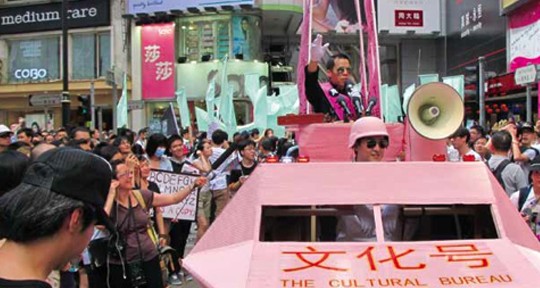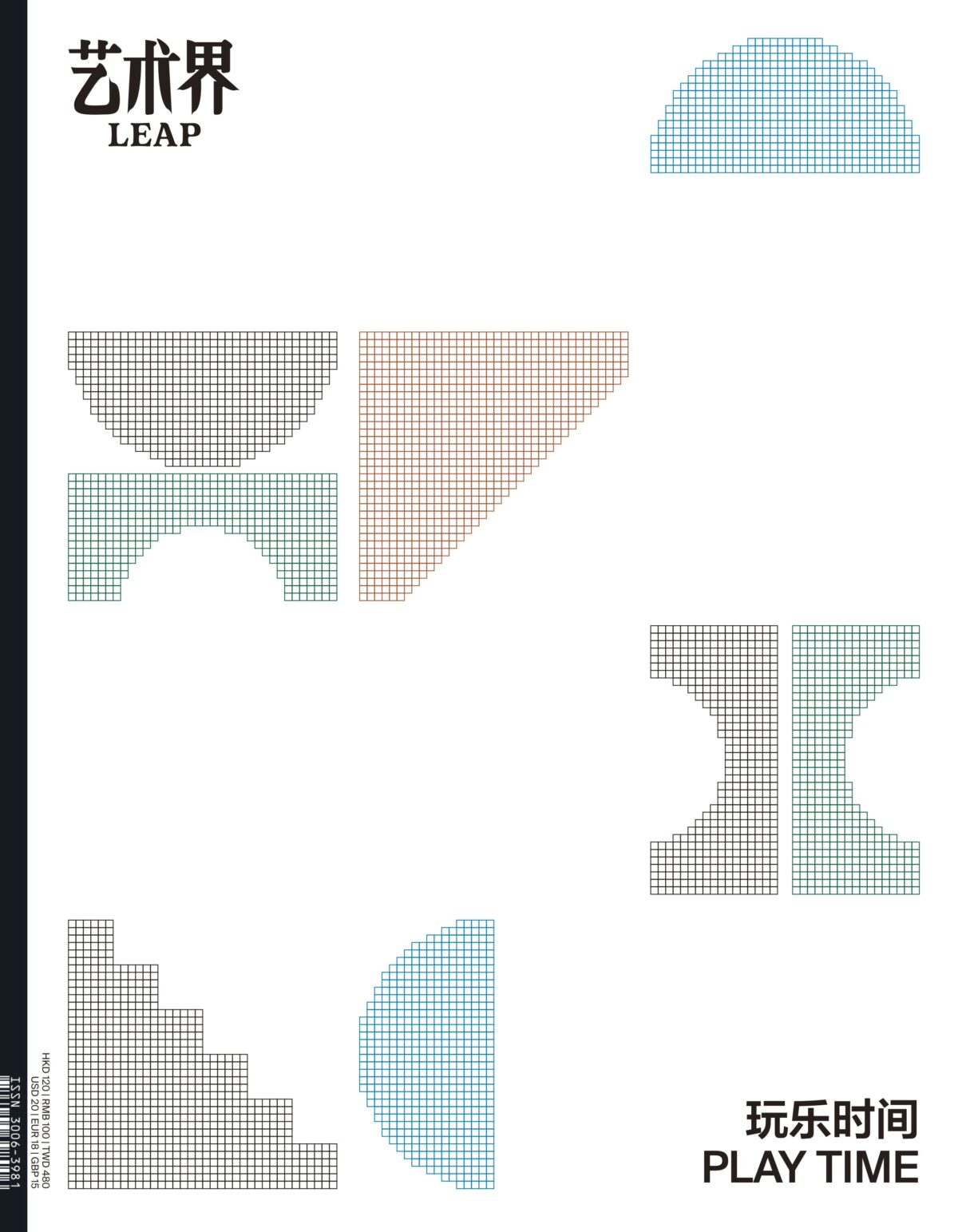Performance art, as a formal concept, has been in China for about three decades now. Over these past 30 years, people have been using the term “behavioral art” (Chinese: xingwei yishu) to describe the concept. In fact, around the time of the ’85 New Wave, performance art began entering mainstream consciousness along with Chinese Modernism….
Read MoreSONG DONG’S 36 Calendars installation offers, through its participatory, dialogic dimension involving more than 400 members of the Hong Kong public, a way to examine local Hong Kong perceptions of history, and also perhaps highlights the issue of the difference that may exist between Mainland and Hong Kong senses of history. Calendars are a traditional…
Read MoreSINCE 1997, HONG Kong has been a space of constant debate as it has transitioned from a colonial outpost of Britain to a Special Administrative Region of China, still operating as a capitalist free port until 2047 as stipulated by the Basic Law. From social concerns regarding the monumental gap between rich and poor and…
Read MoreHONG KONG HAS provided the documentary and conceptual material for much of MAP Office’s practice since 1995. Here, we unfold chronological the set of tools that guided us to use Hong Kong as a cutting-edge laboratory for an innovative appropriation of the city/territory. 1995-2000 Starting with a research-oriented platform on territorial development, we set up…
Read More“I had never believed in ‘political art,’ but in 2012 I ran for the Legislative Council as an artist.” “The art world is polarized into two camps. There are artists who energetically participate in social movements, gradually distancing themselves from art and even believing aesthetics to be pointless decoration. In the other camp are artists…
Read MoreIF THERE IS anywhere that the juggernauts of the Chinese media could market art as an aspirational lifestyle, that place is Hong Kong— and yet nowhere else does the reality of art as a lifestyle diverge more absurdly from this imagery. Ironically enough, it was probably through the boom in Mainland contemporary art that Hong…
Read MoreDURING HONG KONG’S colonial period, the British administration was unwilling to cultivate a cultural mainstream for fear that it would threaten the position of the government. As a consequence, a divide-and-conquer strategy characterized the allocation of cultural space and art funding in post-1960s Hong Kong. This approach was intended to preclude the formation of a…
Read MoreWYNDHAM STREET IN Central has all the features of a typical Hong Kong street: it is a narrow, steep, winding road bustling with activity. Heading up towards where it joins Hollywood Road, the street gets even more crooked, the sides of this famous section lined with shops selling curios and collectibles from all over the…
Read MoreArtists stand at the edge of society. Few ever dare to hope they might create an image or representation that actually affects or change society. This is because the task of artists, which is to pull …
Read MoreTWO SEEDS WERE planted in Hong Kong back at the time of its inception: a seed of prosperity and a seed of subjectivity. The meaning of prosperity requires no elaboration here. Subjectivity, in this context, means self-awareness in culture and identity. Back in the late nineteenth century, Hong Kong’s prosperity endured fits and starts, but…
Read MoreIN 2012, I thought about the end that never came. This so-called end of the world proved once again that in fact, there is no end to the world. The world is time and space, and it is eternally flowing and revolving. We are ignorant, lost in the daily grind; we only happen to touch…
Read MoreEVERY BIENNALE RENEWS the prospect of multiplying our horizons of surprise by presenting new artistic strategies, ever more heterodox media, and the increasingly complex political predicaments that artists inhabit and address. The first Kochi-Muziris Biennale (KMB), which opened in December in Kerala, South India, could qualify as a coup d’art. Instead of the metropolitan centers…
Read MoreALTOGETHER IN 2012 my family and I spent just as much time traveling or living elsewhere as we did living in Beijing. As I remember the year, I think of the three of us, dragging two suitcases in tow, our passports in hand, roaming all over the place. At one point I made an itinerary…
Read MoreOF THE MANY events, exhibitions, and performances I partook in or visited in 2012, the one that I could not stop thinking about was an exchange project in November in Bangkok, “Thai-Tai: A Measure of Understanding,” co-organized by Taipei’s Open-Contemporary Art Center and Thai artist collective Jiandyin over the course of one year. In this…
Read MoreALTHOUGH THE 2012 Taipei Biennale “Modern Monsters/Death and Life of Fiction” exhibition did not become a hot topic of conversation, it did, however, have an intellectual and avant-garde vision. Some said that the exhibition was very boring, or that the general public may have needed a degree of specialized knowledge to understand it, but I…
Read MoreFor this report, LEAP sent surveys to more than a dozen public and private museums on the Mainland, through the results attempting to gain insight into the state of museum collection in China today. Due to busy schedules or administrative reasons, a few of these institutions tactfully declined or demonstrated it was inconvenient to participate…
Read MoreAS WE DROVE from Taipei to the suburb of Xinbei, our host, the artist Chen Chieh-jen, delivered a nonstop monologue from the front seat, narrating the passing scenery. For example, there were some high-profile development projects, a leper colony that had been fighting demolition for years, and so on. Chen’s tone quickly grew severe. The…
Read MoreTraditionally, public art museums are expected to conduct a certain amount of public education. However, due to China’s emphasis on systematized education, public education programs in public art museums have failed to cast off the traditional educational model of training and lectures. In recent years, private museums have devoted more resources to and employed more…
Read More2012 WAS MULTIPLE years for me. It was seven years, but not lived consecutively. It was a year that played out with seven ways of pushing each day. Each day, I carried seven levels of responsibility— seven new friends and seven things forgotten. Seven potential opportunities and seven turned down. Seven victories and seventy challenges….
Read MoreAsked by LEAP to reflect on my curatorial role and on exhibition making as an independent curator, I proposed a discussion with Jens Hoffmann on his experience curating the Shanghai Biennale. As seen in the dialogue, it is very difficult for an international curator to understand the complexity of the local context in China. What…
Read More













